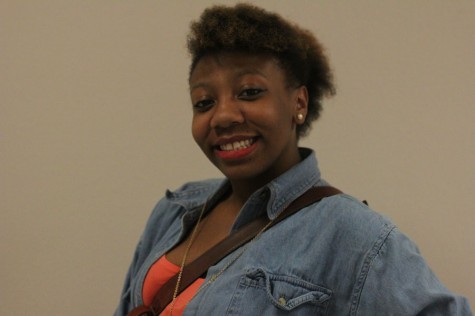Project Based Learning has lasting effects on “real world”
February 11, 2015
Midwest Educational Technology Conference (METC) presenters Patrick Woessner and Robyn Williams informed others about the benefits of middle school students engaging in Project Based Learning program (PBL).
PBL began as a simple end of the year field trip for sixth graders to Downtown, Saint Louis, to learn the history of their city. It also gave students a chance to experience things they had not done before, such as riding the MetroLink.
However, most students were more interested in downtown’s stadiums rather than downtown Saint Louis’s history as a whole. From there, Williams and her teaching partner developed an idea for how to properly include an opportunity for students to learn about their city’s history while using all the core subjects learned in class in a real world situation.
“For a sixth grader when you first introduce a project about studying buildings they kind of roll their eyes in the back of their head,” Williams said. “They actually really get into this project. By the end of it we have some stunning results and really cool websites that they produce as their final product.
The PBL program is usually an end of the year capstone project for sixth graders. The program takes all the main curriculum students learn throughout the year and pushes the students to utilize them by finding real world solutions to real world problems.
“I have seen some great projects, but they were not necessarily PBL projects because they were not learning experiences because the content did not tie back to the conclusive matter, ” Woessner said.
Founders of the PBL program also wanted to make students aware that it is their responsibility to take care of their city.
“Our philosophy is that this is the city you call home, this is not someone else’s problem,” Woessner said.
The PBL project is just one of the many examples of how the METC brings various creative ways to teachers and administrators on how to better prepare students for the future.
“With the technology that the kids are using to support the learning, you look at the 3D design and the actual 3D printer, you cannot do that without the technology that these kids have today. That is allowing them to take on a learning experience like this, which otherwise wold be really difficult to replicate. If our goal here is to let them experience the power of technology and learning project does that from the research, to the product, to what comes next,” Woessner said.


